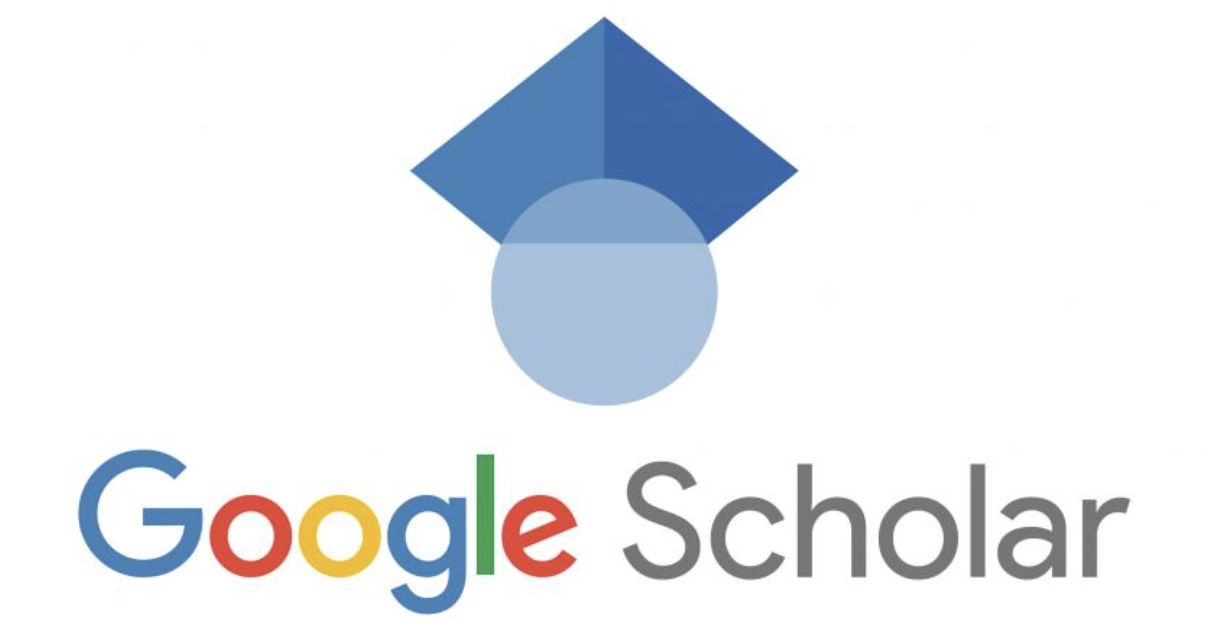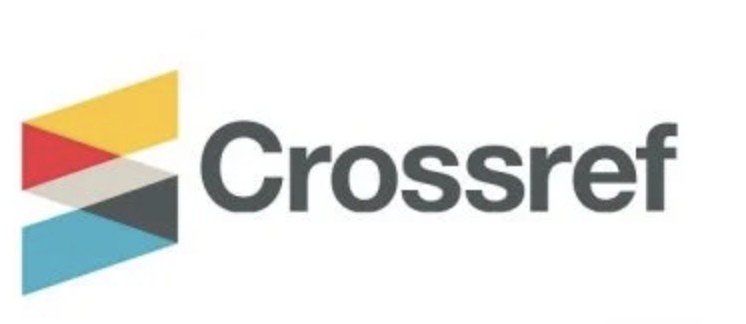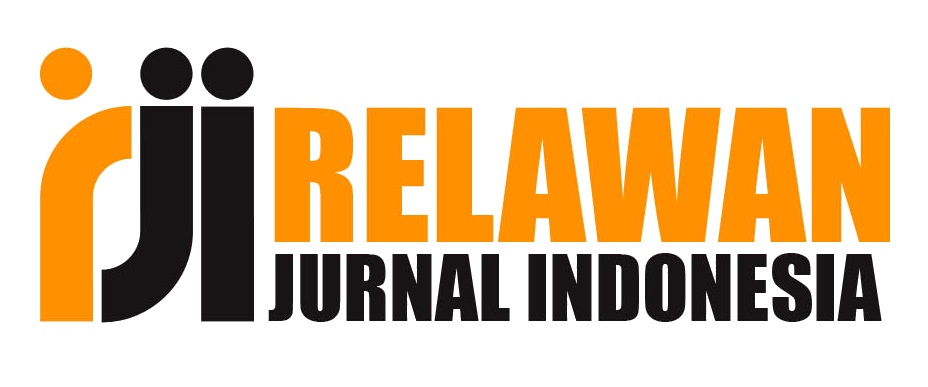Awareness and Familiarity with AI Writing Tools Among Media Students
DOI:
https://doi.org/10.63324/lec.1v.1i.5Keywords:
academic integrity, AI writing tools, ChatGPT, Grammarly, QuillbotAbstract
This study investigates the level of awareness and familiarity with AI writing tools among students in the Department of Media at Maharishi University of Information Technology. A mixed-methods approach, combining a descriptive survey and semi-structured interviews, was used to gather quantitative and qualitative data from 200 students. The survey results revealed that 72% of students were aware of AI writing tools like Grammarly, Quillbot, and ChatGPT, but their familiarity and usage varied. While 61% of students had used these tools at least once, only 15% reported frequent use, and 39% had never used them. Most students perceived AI writing tools as beneficial for improving writing skills and saving time, yet 42% expressed concerns about over-reliance, potentially hindering independent learning. Qualitative insights from interviews highlighted that peer influence and coursework were primary sources of awareness, and while students valued these tools for enhancing grammar and clarity, they also raised ethical concerns about excessive dependency. The findings suggest a need for educational institutions to provide clear guidelines and training on the ethical use of AI writing tools to enhance digital literacy without compromising academic integrity. The study's limitations include its focus on a single department, which may affect generalizability. Future research could explore the impact of AI writing tools across various disciplines and assess the long-term effects on students' writing proficiency and critical thinking. This research underscores the importance of a balanced approach to integrating AI tools in education, promoting both technological engagement and foundational skills development.
References
Algaraady, J., & Mahyoob, M. (2023). ChatGPT’s Capabilities in Spotting and Analyzing Writing Errors Experienced by EFL Learners. Arab World English Journal, 9, 3–17. https://doi.org/10.24093/awej/call9.1
Alkaissi, H., & McFarlane, S. I. (2023). Artificial hallucinations in ChatGPT: Implications in scientific writing. Cureus, 15(2), 1–4. https://doi.org/10.7759/cureus.35179
Amyatun, R. L., & Kholis, A. (2023). Can Artificial Intelligence (AI) like QuillBot AI Assist Students’ Writing Skills? Assisting Learning to Write Texts using AI. ELE Reviews: English Language Education Reviews, 3(2), 135–154. https://doi.org/10.22515/elereviews.v3i2.7533
Braun, V., & Clarke, V. (2006). Using thematic analysis in psychology. Qualitative Research in Psychology, 3(2), 77–101. https://doi.org/10.1191/1478088706qp063oa
Burger, B., Kanbach, D. K., Kraus, S., Breier, M., & Corvello, V. (2023). On the use of AI-based tools like ChatGPT to support management research. European Journal of Innovation Management, 26(7), 233–241. https://doi.org/10.1108/EJIM-02-2023-0156
Cardon, P., Fleischmann, C., Aritz, J., Logemann, M., & Heidewald, J. (2023). The challenges and opportunities of AI-assisted writing: Developing AI literacy for the AI age. Business and Professional Communication Quarterly, 86(3), 257–295. https://doi.org/10.1177/2329490623117651
Casal, J. E., & Kessler, M. (2023). Can linguists distinguish between ChatGPT/AI and human writing?: A study of research ethics and academic publishing. Research Methods in Applied Linguistics, 2(3), 100068. https://doi.org/10.1016/j.rmal.2023.100068
Creswell, J. W. (2012). Educational research: Planning, conducting and evaluating quantitative and qualitative research. Pearson Education.
Davis, F. D. (1989). Perceived usefulness, perceived ease of use, and user acceptance of information technology. MIS Quarterly: Management Information Systems, 13(3), 319–339. https://doi.org/10.2307/249008
Deiniatur, M., & Cahyono, B. Y. (2024). Digital literacy practices of novice English as a foreign language teacher in writing research articles for publication. Journal of Education and Learning (EduLearn), 18(1), 165–172. https://doi.org/10.11591/edulearn.v18i1.20899
Dörnyei, Z. (2007). Research methods in applied linguistics: Quantitative, qualitative and mixed methodologies. Oxford University Press.
Elkhatat, A. M., Elsaid, K., & Almeer, S. (2023). Evaluating the efficacy of AI content detection tools in differentiating between human and AI-generated text. International Journal for Educational Integrity, 19(1), 17. https://doi.org/10.1007/s40979-023-00140-5
Fahmi, M. A., & Cahyono, B. Y. (2021). EFL students’ perception on the use of Grammarly and teacher feedback. JEES (Journal of English Educators Society), 6(1), 18–25. https://doi.org/10.21070/jees.v6i1.849
Hastomo, T., Mandasari, B., & Widiati, U. (2024). Scrutinizing Indonesian pre-service teachers’ technological knowledge in utilizing AI-powered tools. Journal of Education and Learning (EduLearn), 18(4), 1572–1581. https://doi.org/10.11591/edulearn.v18i4.21644
Hosseini, M., Rasmussen, L. M., & Resnik, D. B. (2023). Using AI to write scholarly publications. Accountability in Research, 1–9. https://doi.org/10.1080/08989621.2023.2168535
Hsiao, J. C., & Chang, J. S. (2023). Enhancing EFL reading and writing through AI-powered tools: design, implementation, and evaluation of an online course. Interactive Learning Environments. https://doi.org/10.1080/10494820.2023.2207187
Istiara, F., & Hastomo, T. (2023). Exploring lecturers and administrative staffs’ strategies to hone EFL students’ digital literacy. JOALL (Journal of Applied Linguistics and Literature), 8(1), 151–172. https://doi.org/10.33369/JOALL.V8I1.25568
Lalwani, T., Bhalotia, S., Pal, A., Rathod, V., & Bisen, S. (2018). Implementation of a chatbot system using AI and NLP. SSRN Electronic Journal, 6(3), 26–30. https://doi.org/10.2139/ssrn.3531782
Mageira, K., Pittou, D., Papasalouros, A., Kotis, K., Zangogianni, P., & Daradoumis, A. (2022). Educational AI chatbots for content and language integrated learning. Applied Sciences, 12(7), 3239. https://doi.org/10.3390/app12073239
Marzuki, Widiati, U., Rusdin, D., Darwin, & Indrawati, I. (2023). The impact of AI writing tools on the content and organization of students’ writing: EFL teachers’ perspective. Cogent Education, 10(2), 1–17. https://doi.org/10.1080/2331186X.2023.2236469
Oktarin, I. B., & Hastomo, T. (2023). Utilizing Critical Discourse Analysis for Developing Students’ Digital Literacy: A Need Analysis Approach. Global Expert: Jurnal Bahasa Dan Sastra, 11(2), 64–69. https://doi.org/10.36982/jge.v11i2.3452
Oktarin, I. B., & Hastomo, T. (2024). Utilizing Critical Discourse Analysis on Developing Students’ Digital Literacy Skills: An Action Research. Premise: Journal of English Education, 13(1), 90. https://doi.org/10.24127/pj.v13i1.8758
Rosselló-Geli, J. (2023). Impact of AI on student’s research and writing projects. Lecture Notes in Networks and Systems, 725 LNNS, 705–713. https://doi.org/10.1007/978-981-99-3734-9_57
Srivastava, A. P., & Agarwal, S. (2024). Utilizing AI tools in academic research writing. IGI Global.
Sumakul, D. T. Y. G., & Hamied, F. A. (2023). Amotivation in AI injected EFL classrooms: Implications for teachers. Indonesian Journal of Applied Linguistics, 13(1), 26–34. https://doi.org/10.17509/ijal.v13i1.58254
Toboula, C. M. Z. T. (2023). Enhancing Post-Pandemic EFL Education by Leveraging Immersive, NLP-Driven, AI-based Tools That Promote Collaboration and Interactivity within an Educational Approach. International Journal of Education (IJE), 11(1), 63–80. https://doi.org/10.5121/ije.2023.11106
Utami, I. G. A. L. P., & Mahardika, I. G. N. A. W. (2023). Grammarly and grammatical errors reduction: A case for non-native English teachers’ professional learning. International Journal of Language Education, 7(2), 227–240. https://doi.org/10.26858/IJOLE.V7I2.46431
Wulyani, A. N., Widiati, U., Muniroh, S., Rachmadhany, C. D., Nurlaila, N., Hanifiyah, L., & Sharif, T. I. S. T. (2024). Patterns of utilizing AI–assisted tools among EFL students: Need surveys for assessment model development. LLT Journal: A Journal on Language and Language Teaching, 27(1), 157–173. https://doi.org/10.24071/llt.v27i1.7966















